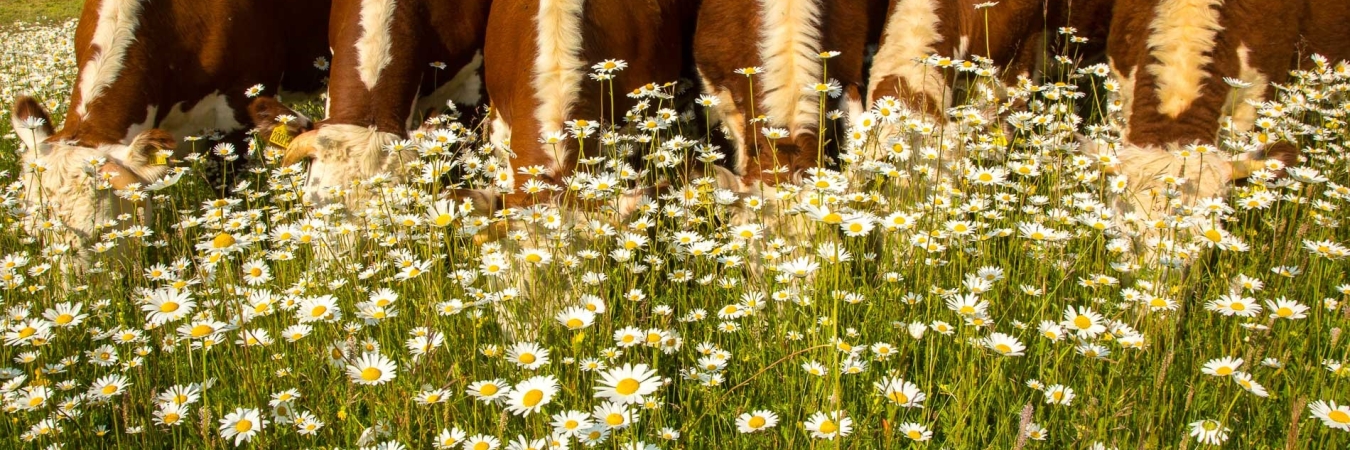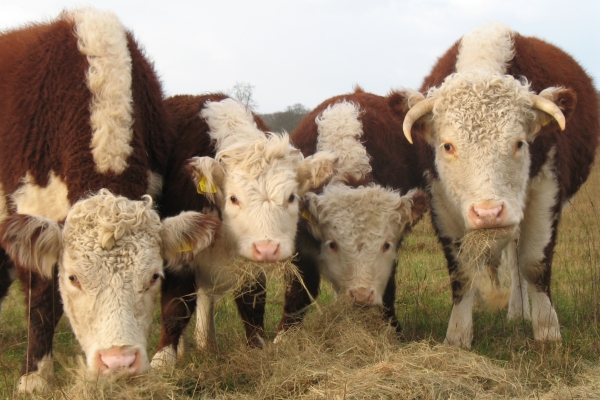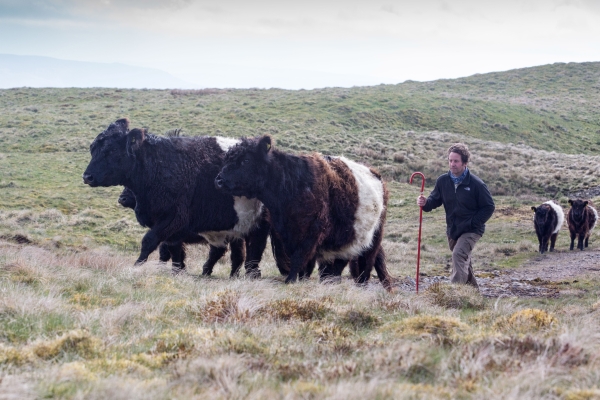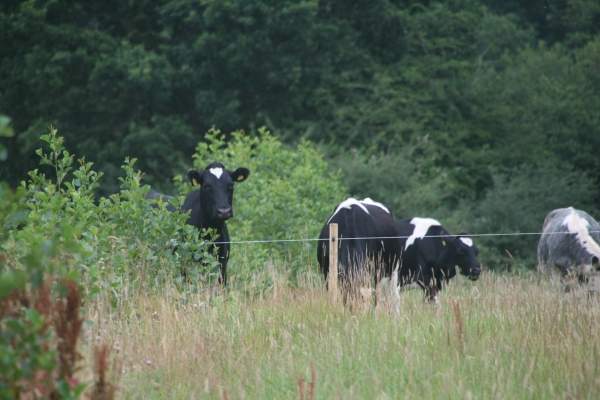PFLA Biodiversity case studies
Resource explained
The Pasture-Fed Livestock Association (PFLA) have produced a series of case studies that focus on various ways in which farmers are increasing biodiversity on their farm – showcasing successes, methods and data from farmers embracing the 100% pasture-fed livestock farm system. They include information on farm location, size, altitude, climate, soils, enterprises, approach, descriptions of above and below ground biodiversity on the farm, practices carried out to encourage biodiversity, lessons learned, benefits to the farm and wider environment, and ways of monitoring the biodiversity. The case studies are part of a larger biodiversity hub which the PFLA aims to develop over time and includes links to other relevant information.
Findings & recommendations
Explore the biodiversity hub here – in which the PFLA explain part of the criteria for this focus on biodiversity:
“Whilst we want the same outcome as others, our stance is focused on pasture, ruminants and soil. This is our USP and our differentiator from other organisations who are also talking about biodiversity. Soil is the skin of the earth. Two thirds of its farmland is protected by pasture, our largest single solar panel. In the soil beneath it, is the largest, single terrestrial store of carbon. It supports and is supported by biodiversity.”
Access information for each of the individual case studies below:
- Hills of Edingley
- David and Wilma Finlay The Ethical Dairy
- Cat Frampton, Dartmoor Farmer and Artist
- Fidelity Weston and Romshed Farm
- Andy Rumming and Waterhay Farm
- Bella Lowes and Mill Barton Farm
- Ian Boyd and Cotswold Beef
- Denise Walton Peelham Farm
Image credit: Ian Boyd







